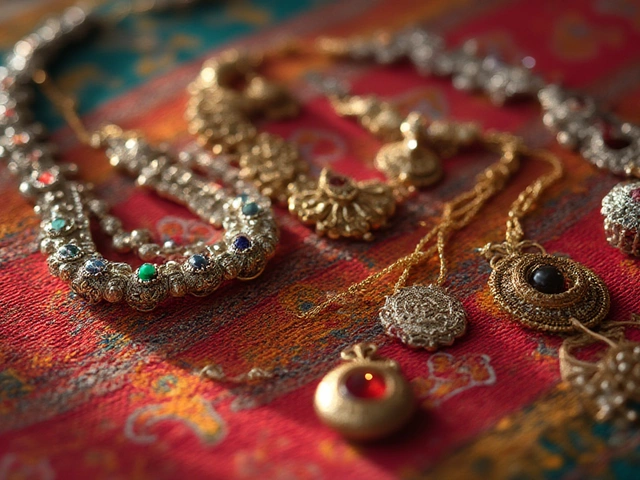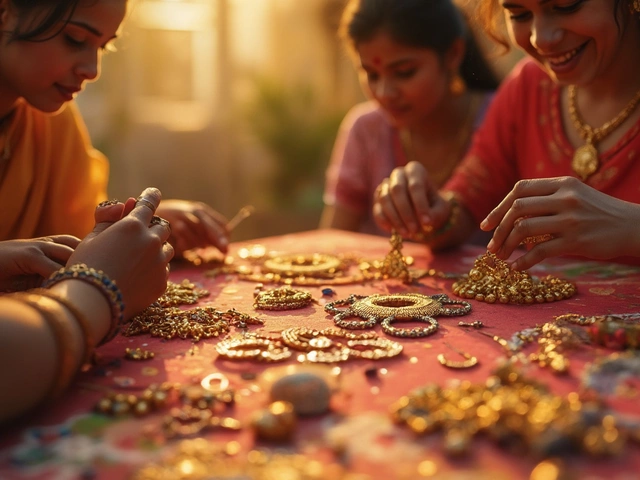Diamond Prices USA vs India: A Practical Guide
If you’ve ever checked a diamond’s price tag in New York and then glanced at one in Mumbai, you probably noticed a big gap. It’s not magic – it’s a mix of taxes, labor costs, certification standards, and market demand. This guide breaks down the main reasons for the price swing and shows you how to get a good deal whether you’re shopping stateside or across the ocean.
Why Prices Vary Between the USA and India
First up, taxes. In the US, sales tax can add 5‑10% on top of the listed price, and if you buy a diamond online you might still pay shipping duties when the stone crosses the border. India, on the other hand, has a Goods and Services Tax (GST) of 3% on diamonds, plus a small import duty if the stone isn’t locally sourced. Those numbers alone can swing a $5,000 purchase by a few hundred dollars.
Next, labor and overhead. Indian diamond cutting centers like Surat and Surat’s neighboring towns have huge workforces that keep cutting costs low. In the US, labor is pricier, and retail spaces are often in high‑rent districts. That extra overhead gets passed to the buyer.
Certification matters too. US retailers mostly sell GIA‑certified stones, which carry a premium because of the brand’s reputation. In India, you’ll see more IGI or local labs. The price gap isn’t always about quality – it’s about the trust buyers place in a particular lab.
How to Get the Best Deal in Each Market
When shopping in the USA, look for “off‑price” sales around holidays and ask for a price‑breakdown. Many stores will match online prices if you show proof. Also, buying a slightly lower cut grade (like Very Good instead of Excellent) can shave 5‑10% off without a noticeable visual difference.
In India, the trick is to compare multiple cutters. Surat’s market is huge, and small differences in negotiation can add up. Ask for a lab report and verify it on the certifying body’s website – that stops any fake paperwork. Also, consider buying a diamond that’s already set in a piece of jewelry; you often get a built‑in discount compared to buying the stone alone.
Regardless of where you buy, always compare price‑per‑carat for the same 4Cs. Use a spreadsheet or a simple calculator: (total price ÷ carat weight) = $/ct. That number will quickly reveal if one retailer is overcharging.
Finally, think about resale. US‑certified diamonds tend to hold value better internationally, while Indian‑cut diamonds can be sold locally with less friction. If you plan to resell, factor that into your initial decision.
Bottom line: diamonds in India generally cost less because of lower taxes, labor, and different certification preferences. In the US, you pay for convenience, higher taxes, and brand trust. By understanding these levers, you can shop smarter, negotiate better, and walk away with a sparkle that fits both your style and budget.
Is Diamond Cheaper in the USA or India? Complete 2025 Price Guide
Are diamonds cheaper in the USA or India? Side-by-side comparisons, unique insider tips, official stats, and 2025 diamond buying insights for travelers and shoppers.





